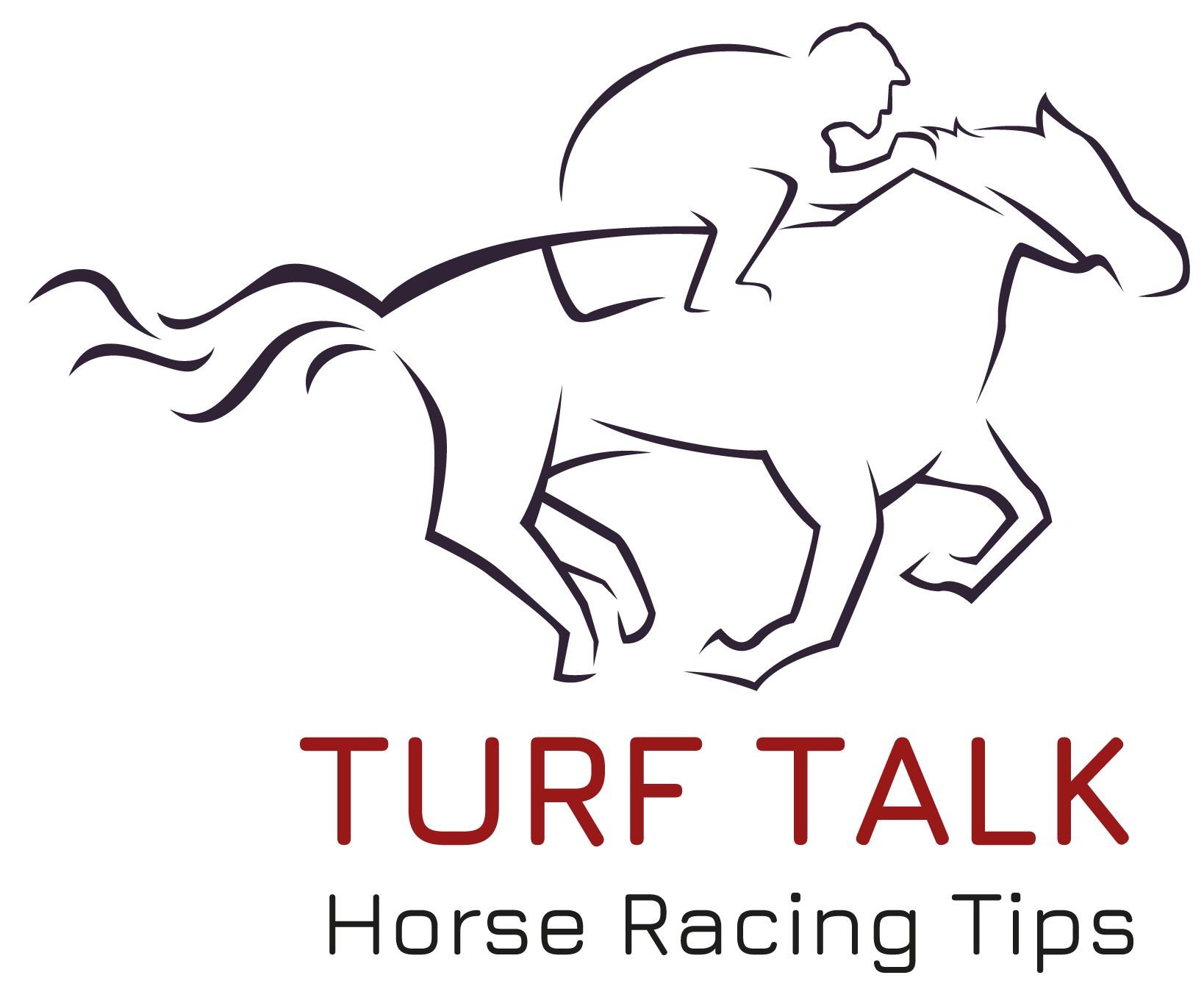HOW TO MAKE A PROFIT FROM BETTING ON HORSE RACES
Long- term profits from betting on horse races are possible. Betting markets are influenced by a variety of factors, not necessarily directly related to a particular horse`s chance of winning. The key factors in achieving long-term profits are:
- Successfully identification of “value bet” opportunities, where the price offered exceeds the true chance of winning.
- Sufficient self-discipline to only bet in such situations.
Essentially, value can only be determined by studying and evaluating each race as a unique entity. This requires significant betting experience and detailed knowledge of the influencing factors. There are many tools which can be utilised in the prediction process including long-term statistics, racecourse knowledge and familiarity with trainers` records and preferences. Much information can be gleaned from the racing press, such as the Racing Post. However, there is also an indeterminable factor which might be described as a “gut feeling”, which is the result of years of experience.
BET SELECTION
Ideally, the process of identifying prospective bets should start the day before, as soon as the overnight declarations are known. The first step is to eliminate “non-betting” races, such big field sprint handicaps, maiden races with several debutants and nurseries (handicaps for 2 year-olds). It is also wise to avoid small fields, as these races often become tactical affairs, being falsely run and producing unforeseen results. This will generally result in about six races on which to concentrate.
The next stage is to identify the horses that can`t win. These can be ruled out via historical age and weight statistics, going and distance preferences, etc. As this stage, the idea is to reduce a, say, 12-runner field to a shortlist of 2 or 3 possible winners. It is worth noting at this point that 75 – 80% of races are won by one of the first three in the betting market. Having arrived at such a shortlist, there is no substitute for spending significant time with the form book, noting any comments in running, quotes from connections etc. to determine whether a horse is capable of doing what they are being asked to do. In this way a selection can be finalised.
On the day of the race(s) it only remains to check the prices offered by the various online bookmakers, to ensure your bet(s) still represent value, place your bets and rely on your judgement.
RATING SYSTEMS
Most punters will simply not have time to commit to such in-depth study. There are some very good rating systems available, both on and offline, which remove much of the “spadework” from selecting bets. Turf Talk created a ratings system back in the 90s which is still used for our own assistance, predominantly in handicaps. The system is called Compterace and it is something that is now kept for our own benefit but there has been talk of modernising the system and putting it back out there.
FAMOUS HORSE RACES
The Grand National
Run at Aintree since 1839, the Grand National is often referred to as the world`s greatest steeplechase. It takes place in early April and is by far the most popular race with the betting public. It is run over a distance of 4m 4f and requires the safe negotiation of 30 of Aintree`s unique fences, including the legendary Becher’s Brook providing a unique test for both horse and rider. Turf Talk tipped the 2008 Grand National Winner Comply or Die for its delighted members.
The Derby
The Derby was introduced to Epsom Racecourse in 1781, just one year after The Oaks was established. The race was created by The Earl of Derby and is now the most imporatant flat race of the season and has been for many years. The now famous Tattenham Corner was not introduced to the race until 1784. The Epsom Derby is without doubt one of the most famous flat races in the world.
Royal Ascot
The Royal Ascot meeting takes place on the Tuesday to Saturday of the third week of June. It is the most prestigious flat meeting in Europe, attended by some 325,000 people over the five days. The racing is of the highest quality, with one or more Group races on each day. The meeting is equally popular with “stay-at-home” punters, with millions of pounds changing hands.

